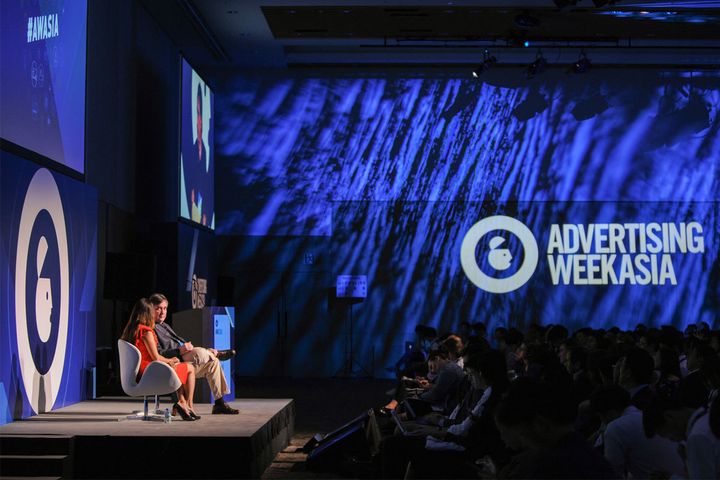
By Becky Johnson, Advertising Week
“The ‘global consumer’ does not really exist.” - Luca Lindner, Global President, McCann Worldwide Group
That quote sets the stage with Manisha Tank, International Correspondent for CNN, and Luca Lindner, in a highly educational, humorous and insightful discussion brought about by the recent uprising of a Nationalist era, its push back on globalization, and how both global and local brands must adapt.
The globalization-push assumed that American culture was the worldwide dominant culture regardless of age or social classes, but Luca brings up that American movies do NOT do well in China, or India, or Brazil, as examples. In fact, India is well known for their own Bollywood, and Brazil has their popular Telenovela. McCann Worldwide’s research shows that across multiple cultures, in each consumer vertical, not only is American NOT the prevailing culture, but local culture is most of the time in the top of sales. Books, television, movies, music: time and again, local prevails. American culture often only shows up in the “elite,” or upper, class of cultures.
While 70-80% of consumers still believe the power of a global brand are still seen as a positive force to help a local community, and bring resources and jobs. However, 50% of those asked still fear that if globalization happens too much, too fast, that local identity and roots will be lost.
Luca says, “The battle of global and local is happening on four different layers.”
Political, economic, cultural, and in business. Luca goes on to explain that the idea of the global marketing campaign is over, and that global brands must tie into local culture to continue to survive.
In relation to the Asia-Pacific market, and using Japan first as an example, there is still a gap between the strength of the product and the strength of the marketing outside of Japan to support the product. Another difference is while Japan is approximately the 3rd largest communications and advertising market in the world, the spending in global marketing is still less than the American, French, or even Chinese. That, coupled with the language, alphabet, religious, and cultural barriers, creates a “situation where there is an insularity that is stronger than that in North America, Latin America, or Europe.” Luca advises that while any global brand has cultural barriers to cross and local needs to understand, this sense of cultural insularity is what makes global marketing efforts that much more difficult for Japan, and advises focus to be put on bridging those gaps.
Manisha asks Luca to expand on these new nationalist fears, and give advice on how to go forward.
Curiosity. Luca says that while tolerance is important, it is more important for brands to inspire curiosity.
Resources. There needs to be large investments in research, people, and marketing. “This is not just one world, this is the sum of several different worlds.”
Guts. Global brands can no longer have one global advertisement. Instead, global brands must have multiple points of advertisement around the world, each one tailored for the location, and collectively that will cost more.
These points will incur challenges between agencies and clients, which will help with growth. Luca uses the MasterCard “Priceless” as a successful example. In Brazil, versus Seattle, versus India – each has a different view of what has value, so each location had to be customized. The MasterCard campaign, while a 17-year-old campaign at this point, has been successful because of MasterCard’s willingness to invest in and evolve their campaign.
Manishka asks if there are any ideas that transcend all of this. Luca responds there are key, universal values that are, more or less, the same around the world, such as family, love, and environment. However, even with a universal value, there needs to be a local solution, or a local tie-in. Alternatively, some luxury and tech brands also still work globally, and will be the last of the big global brands. The consumer around the world will buy a Rolex all around the world for the same reason, and a consumer will buy a smart phone for the same reason. The connection between the consumer and these items aren’t emotional. However, once items start getting into beauty, household items, or groceries, it changes back again into a local, emotionally driven purchase.
“I do believe what is going on is good. The fact that the society is staying open, which is more and more difficult today, and the society is the sum of the complexities and different souls and DNA is all good news.” Luca goes on to say that the world is full of brilliant people. Local agencies are important to larger agencies, to both push them to remain curious and keep coming up with fresh ideas. Working globally and locally makes a more interesting world, and larger agencies have a responsibility to keep that going.
Watch the full panel, "How Will Global and Local Brands Fare In The Era of Nationalism?" here.
